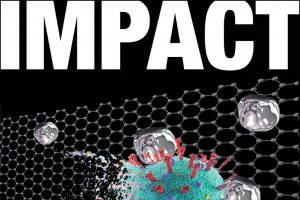PROVIDENCE, R.I. [Brown University] — Dozens of Brown faculty launched COVID-19 research in the weeks and months after the COVID-19 pandemic started, attracting internal and external funding for projects stretching from biology and medicine to public health, engineering, computer science, economics, and more. While the recently started research is in its early stages, Brown's COVID projects have already generated hundreds of published papers in respected journals, multiplied initial funding through additional sources, and grown through new collaborations within Brown and outside.
The Impact of COVID-19 in Nursing Homes
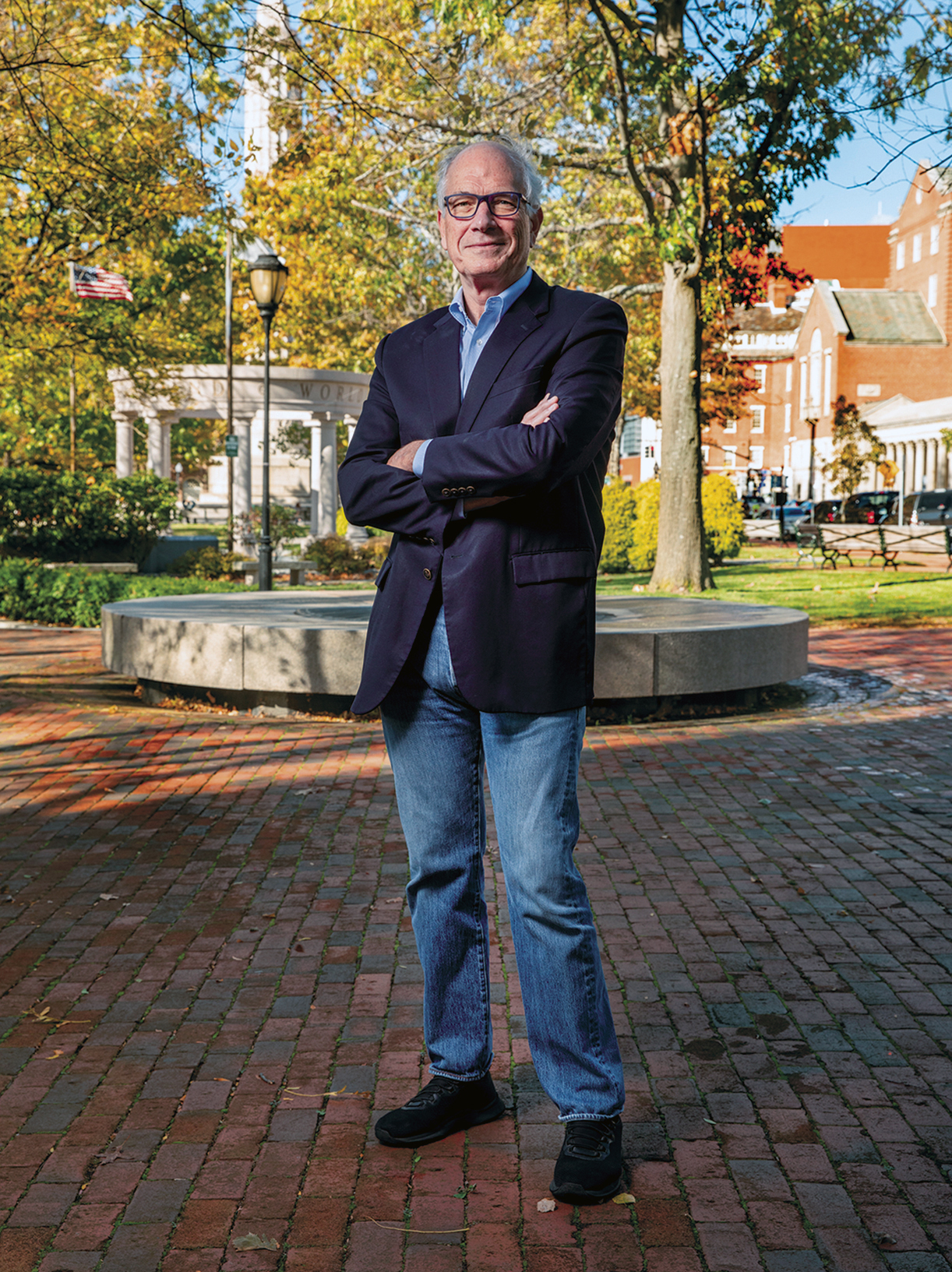
Before COVID, Vincent Mor was engaged in a broad range of research, including co-leading the largest federal grant in University history, a $53.4 million award from the National Institute on Aging to help people with Alzheimer’s and their caregivers. At the end of January 2020, Mor, professor of health services, policy, and practice at Brown’s School of Public Health, chaired an Alzheimer’s meeting in Washington, D.C., with about 80 colleagues from around the country, and COVID wasn’t a topic of any conversation. That quickly changed.
Little information about the effects of the virus on people in nursing homes had been released by China, but it was clear that it was devastating residents of long-term facilities in Italy. “We knew that all hell was breaking loose in Italy and it was just a matter of time before it hit the United States,” Mor said. His team knew the window for action would be brief: “I knew that nursing homes were going to feel the brunt of this.”
By mid-March, Mor was talking to his program officer at the National Institutes of Health (NIH) to see what research would be most helpful. “He impressed on us the importance of having data in real time as quickly as possible,” Mor said. He turned to Genesis HealthCare, a company he’d worked with before and one of the largest nursing home providers in the country, with nearly 400 homes in 26 states.
Quickly, Genesis agreed to give Mor’s team huge data files on a daily basis in return for Brown researchers’ help in unraveling the many mysteries of COVID, including its transmission and possible treatment at nursing homes. “We threw lots of resources at designing a system to receive nightly downloads of data,” Mor said. It rapidly grew into a large research initiative that is generating new ideas and knowledge about the effects of COVID in nursing homes. “This is the epitome of what applied research is all about,” he said.
Mor’s Alzheimer’s Collaboratory group found additional ways to address COVID, receiving seven supplemental awards from the NIH totaling over $10 million. New project aims include advance care planning in assisted living facilities, strengthening infection control, enhancing testing for historically underserved populations in nursing homes, messaging strategies to increase COVID vaccination uptake among nursing home residents and staff, and monitoring incidence of adverse reactions to COVID vaccinations in nursing homes and the general population of older persons. His group has worked “flat out,” often seven days a week, on initiatives and to disseminate the results of their research.
Mor said an important goal of his research is to build a counter-narrative, setting the record straight and informing future action. Many people have accused nursing home companies, especially for-profit ones, for not taking enough care to mitigate the havoc of COVID. But Mor believes a more accurate picture is that most nursing homes “are doing their very best” with little financial or scientific support, facing waves of community transmission of the virus that are not under their control. He said solutions need to be on a broader scale: “Our data is pretty compelling, and outbreaks are not due to the nursing homes’ behavior as much as they are attributable to prevalence in the community.”
The Code Life Ventilator Challenge
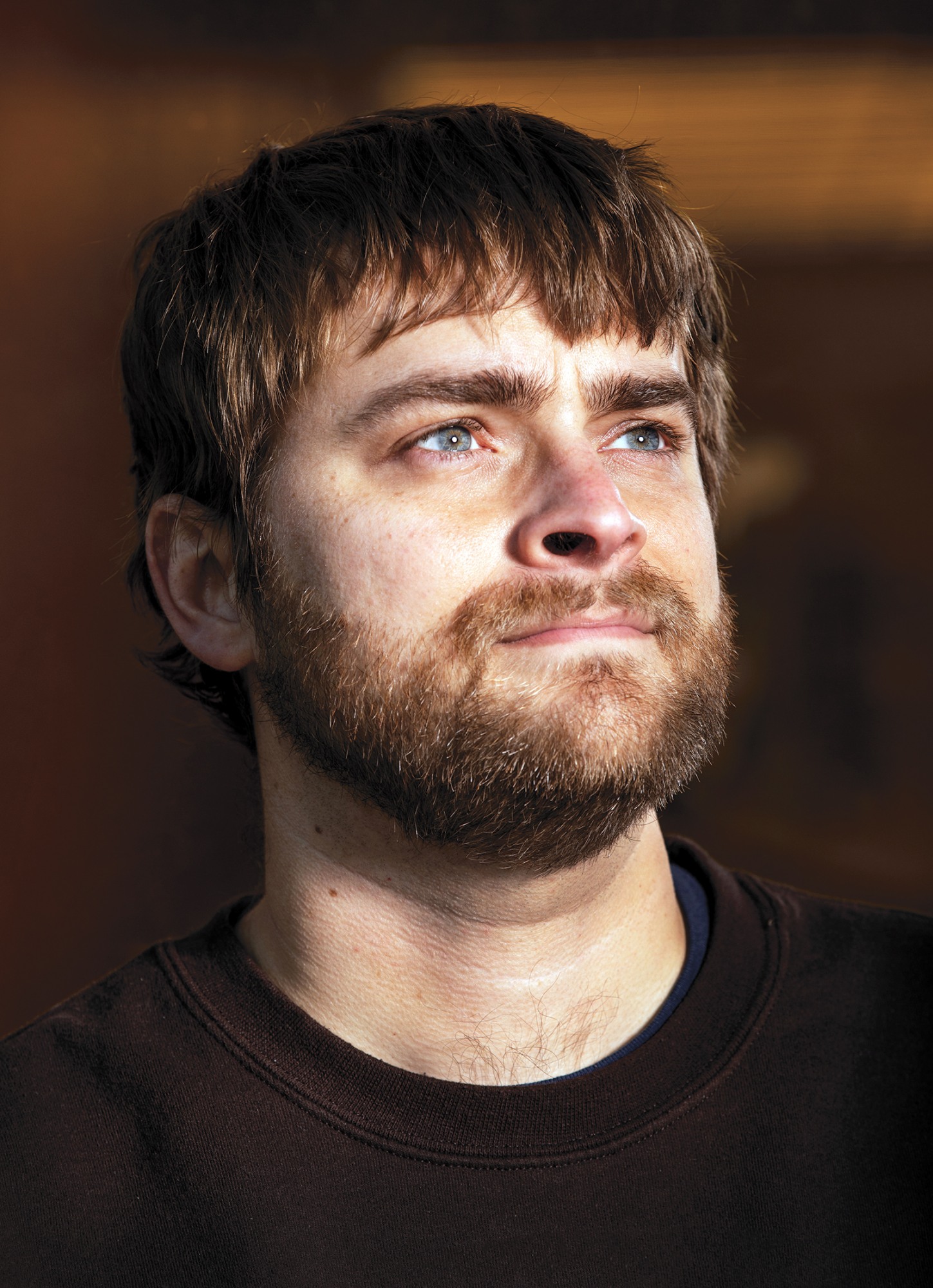
Just before the pandemic, Daniel Harris, an assistant professor of engineering, was running a busy fluid mechanics lab in the new Engineering Research Center, including many graduate and undergraduate students. Suddenly all the work stopped in mid-March when Brown ramped down all but essential research. “It was a sad moment to leave a vibrant lab and community,” he said.
But the inactivity didn’t last more than a few days. An engineering colleague, Roberto Zenit, contacted Harris about the “Code Life Ventilator Challenge,” a global innovation effort to inspire teams to rapidly design a more efficient and easier to produce ventilator, a critical piece of life-saving equipment for many COVID patients. Harris joined right away. “I didn’t want to sit on the sidelines,” he said, even though he had never worked on medical devices before.
A rapid round of emails and phone and Zoom calls generated a Brown team, including faculty, students, clinicians, and industry consultants. The team designed the Brun02 ventilator prototype in a few weeks, even though they initially lacked a physical lab headquarters. But the group’s work quickly required a place for assembly and testing of equipment. Harris’s lab was allowed to reopen as a site for essential research, and he and some students started working in a deserted engineering building. “It was an eerie feeling,” Harris said.
At the same time, Harris took on another job, unusual for a faculty researcher: delivery person. It was temporarily impossible to deliver needed equipment to the lab, and many on the team couldn’t go into the restricted lab space anyway, forcing them to build at home. The workaround was that Harris had packages delivered to his house, and then he drove them to dorms and apartments so teammates could use them.
Harris describes the early weeks as a “sprinted marathon,” with work often going through the night, seven days a week. He and others got the model ventilator operational for the first time at 4 a.m. one night in late March.
The Brown-designed ventilator went far in the challenge competition, getting to the top 65 of the more than 1,000 entries worldwide, and the team decided to refocus for the longer term. It combined its work with two bio-engineering labs, one at Stanford University and one at the University of Utah. The expanded team then gained core international partners in India, Nepal, and Kenya. The team’s communication network expanded from one Slack channel to 20 different channels, on top of frequent Zoom calls. The research has had unexpected offshoots too. “This crisis has unearthed a lot of inequities in the medical device market globally,” Harris said, and the project leaders hope to spin off a foundation to help reduce these inequities.
As summer turned to fall, Harris’s research work shifted backed toward fluid dynamics projects after his lab reopening plans were approved. Yet he expects that his research trajectory will be forever changed by the COVID experience: “I see a huge opportunity to use some of these skills for a very different cause.” What has he learned about Brown from the experience? “How inter-disciplinary the program is at Brown, with very few barriers . . . , and the passion and the capability of our undergraduate students.”
Preventing and Tracking Virus Transmission
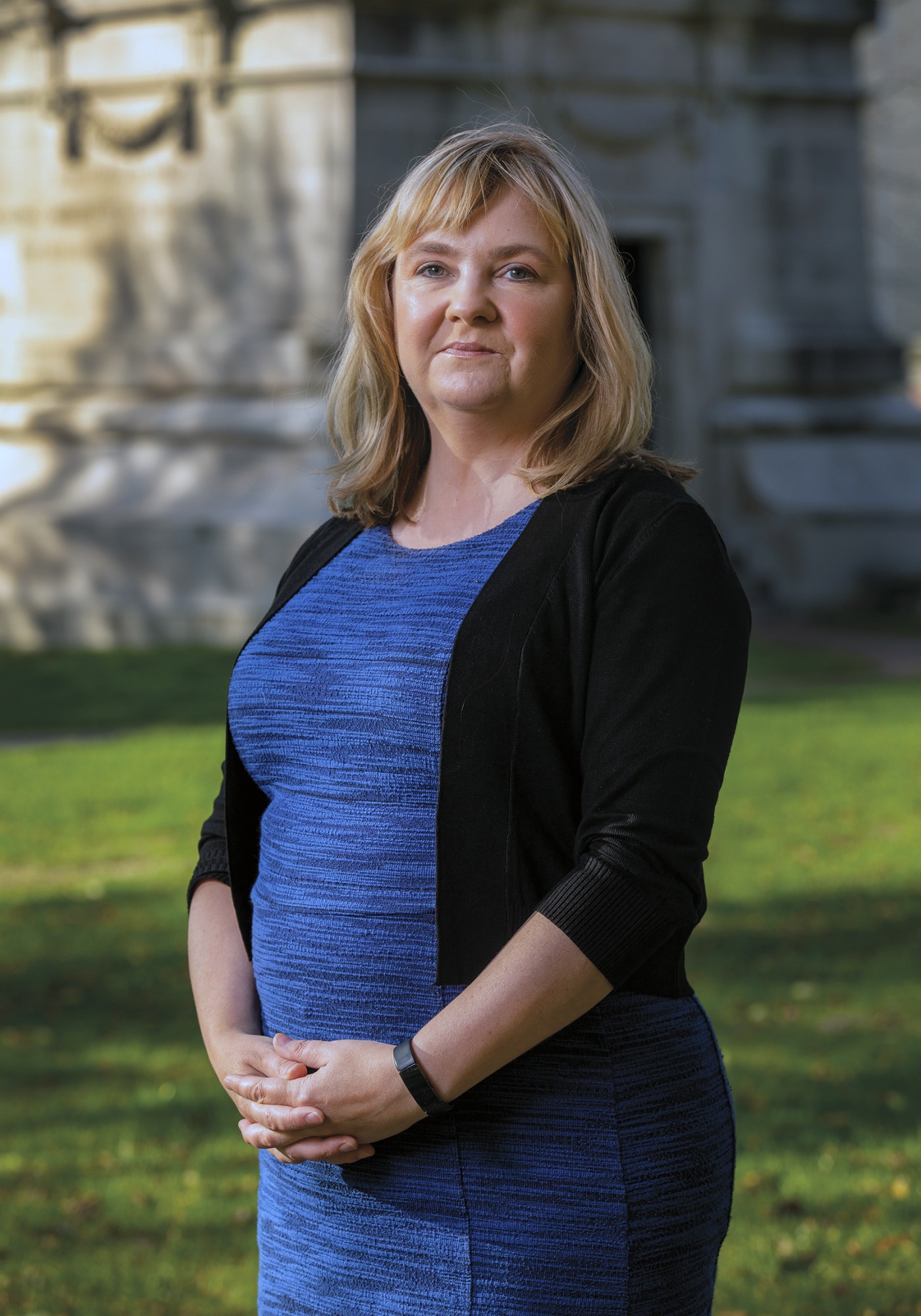
When Amanda Jamieson went to Galveston, Texas, at the end of February for an international conference on the Biology of Acute Respiratory Infection, she heard a lot about the dangers of COVID and its exponentially increasing spread. Back at Brown, she heard people talking about having a few more weeks before any possible shutdown. Jamieson, an assistant professor of molecular microbiology and immunology, was ready to start ramping down right away.
While shutting down many projects was painful and caused significant research losses, Jamieson was already looking forward: “Being an immunologist, there had to be something we could do.” She talked with members of her lab team and others, and, after the university announced its COVID-19 Research Seed Fund in April, Jamieson applied for and became the only researcher to be funded by two Seed awards.
Working with Graphene Composites (GC), a nanomaterials technology company whose CEO is Brown Class of 1988 alumnus Sandy Chen, Jamieson is testing a graphene/silver nanoparticle ink formulation to be used in personal protective equipment as a way of reducing virus transmission rates. She said initial results have been promising.
In her other Seed project, Jamieson teamed up with faculty from pathology and laboratory medicine, as well as economics, to try to map the spread of COVID in the Rhode Island population and assess the role of asymptomatic cases.
Buoyed by her seed success, Jamieson applied for a highly competitive COVID Fast Grants opportunity, a program from Emergent Ventures in the Mercatus Center at George Mason University. She won a $300,000 award that she can use for anything related to COVID and which she plans to use for bioinformatics-related research to look at possible causes of blood coagulation defects in COVID patients.
For several months, Jamieson’s whole team concentrated on COVID work, but was subsequently able to resume its previous grant-funded research.
“In terms of techniques, it’s things we do a lot,” Jamieson said of the COVID work. “But the subjects are completely new. It’s been really interesting learning a new field. I have always felt that how people can survive respiratory disorders is important, and people are appreciating it more. It is more urgent now.”
The Economic Impact of COVID-19
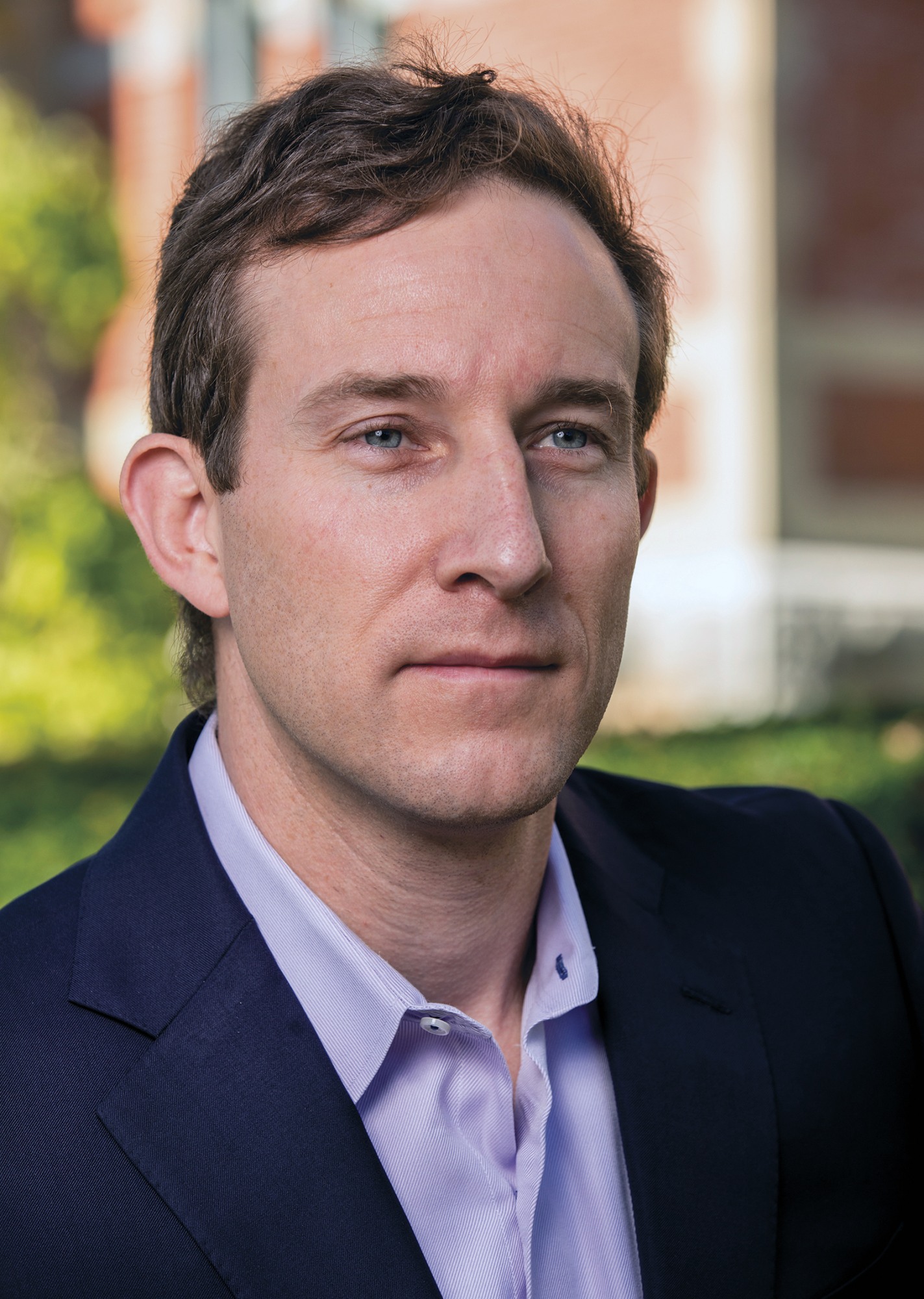
The applied microeconomics work of economics professor John Friedman involves analyzing huge amounts of data. “When the pandemic hit, we lost access to some data sets,” Friedman said, and progress on his work was greatly slowed. But before long, he said, “We were trying to think about what we could do to be helpful.”
Friedman does much of his research through Opportunity Insights, a nonprofit that he is a codirector of and which is dedicated to using “big data” to turn its findings into policy change. He brainstormed with his fellow directors, Raj Chetty and Nathaniel Hendren of Harvard, and soon a new idea came up: to develop a real-time economic activity tracker. During the pandemic, they believed that businesses and others would especially want the most up-to-date statistics on income and spending to help make policy decisions and adjustments.
By May 7, the tracker was in operation and publicly available, following successful negotiations with many private companies to allow use of their data on an anonymous basis. “It has been quite a bit of work on our part but a testament to the publicmindedness of these companies,” Friedman said.
A month later, Friedman and his colleagues published a major research paper based on the tracker, showing its ability to document—faster than had been done before—consumer spending, business revenues, employment rates, and other key indicators. By tapping into private companies’ data, important information and insights that previously were not available for months through usual government sources were now possible within days or a few weeks. Government websites became among the users of the data from Friedman and his team.
The response to the tracker was tremendously positive. Policymakers started using it, as did private companies and other academics. Media around the world wrote about the tracker and its results and used the newly public data to do their own analysis. Friedman and colleagues started briefing U.S. senators and House members using the tracker.
At first, it was “an all-hands-on deck moment,” Friedman said. After a couple of months, he and others have been able to get back to other research, but the tracker has continued to be a major project.
He thinks the tracker is headed toward “changing things in a few different ways for economic research and policy.” The idea of a real-time tracker had been talked about in the past, but never accomplished. “What we capitalized on here was that we are in a pandemic,” he said, “and it motivated companies to do things they wouldn’t ordinarily do. Now this is a tool that is out there for policymakers.”
Friedman added, “This is going to affect the way policy is made,” explaining that real-time data could allow for more targeted decisions, including by government. “We’re not going to give up on thinking about long-term upward mobility,” which had been Opportunity Insights’ previous largest research niche, “but we will keep going on this. This is a space we are going to continue on.”
